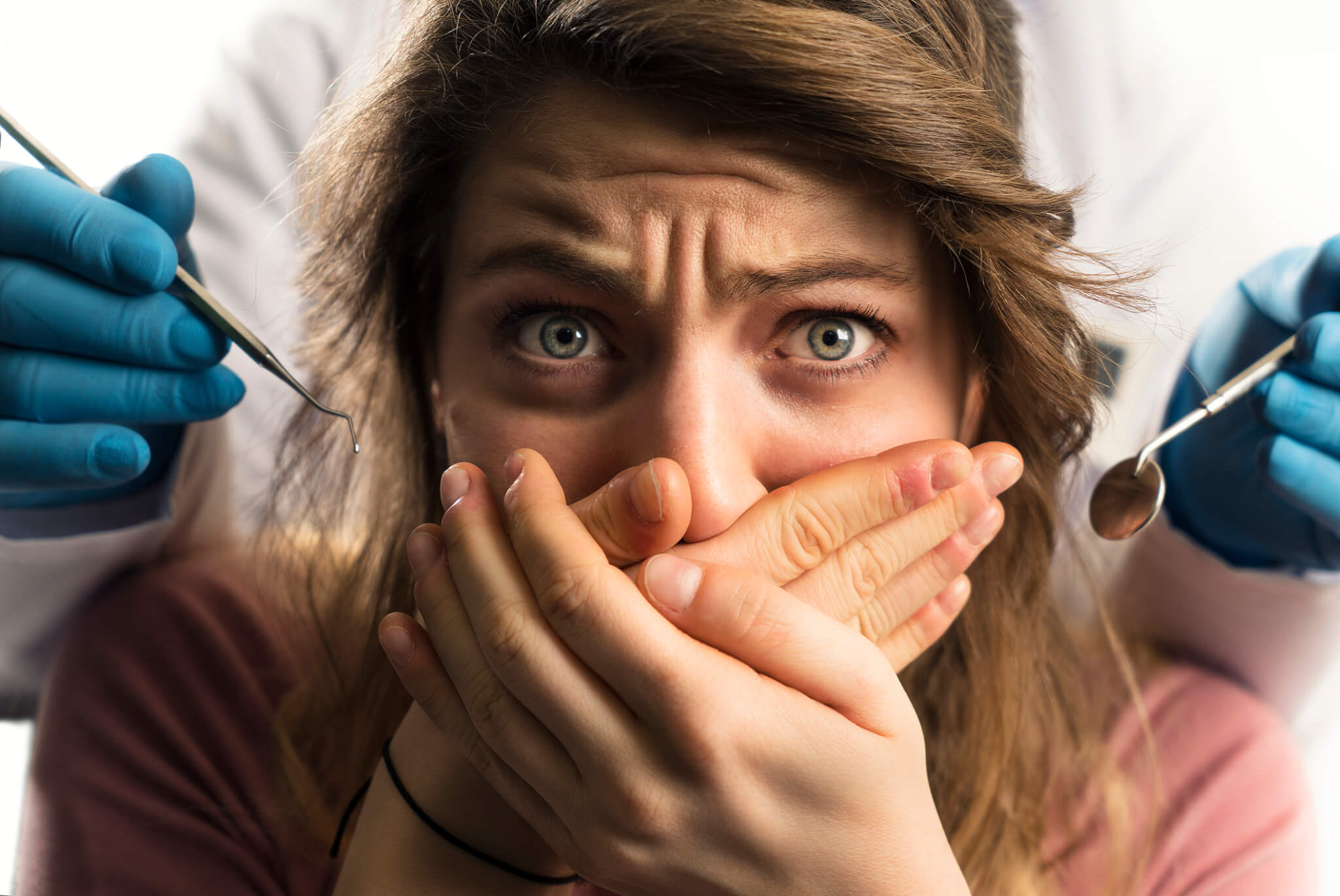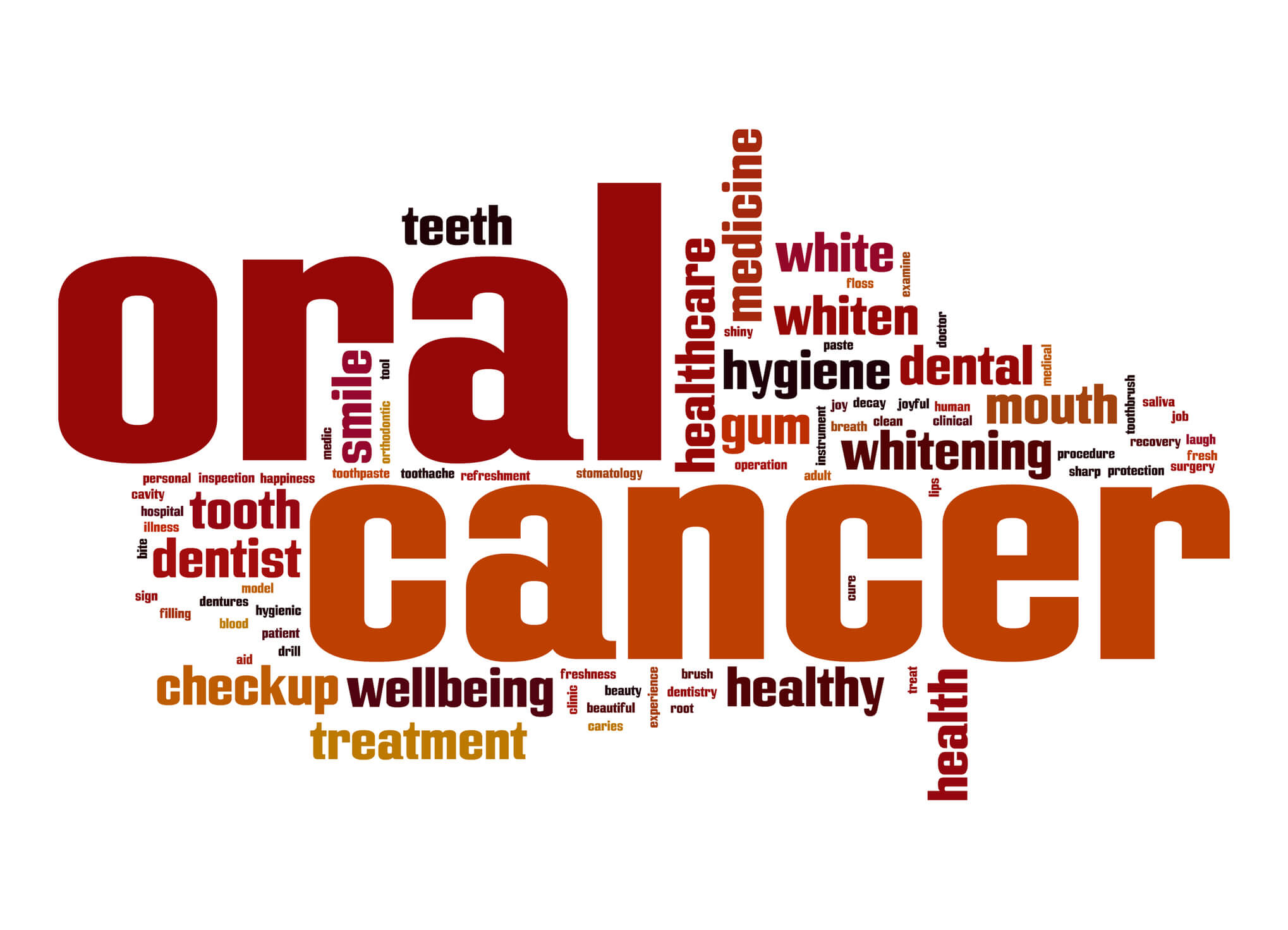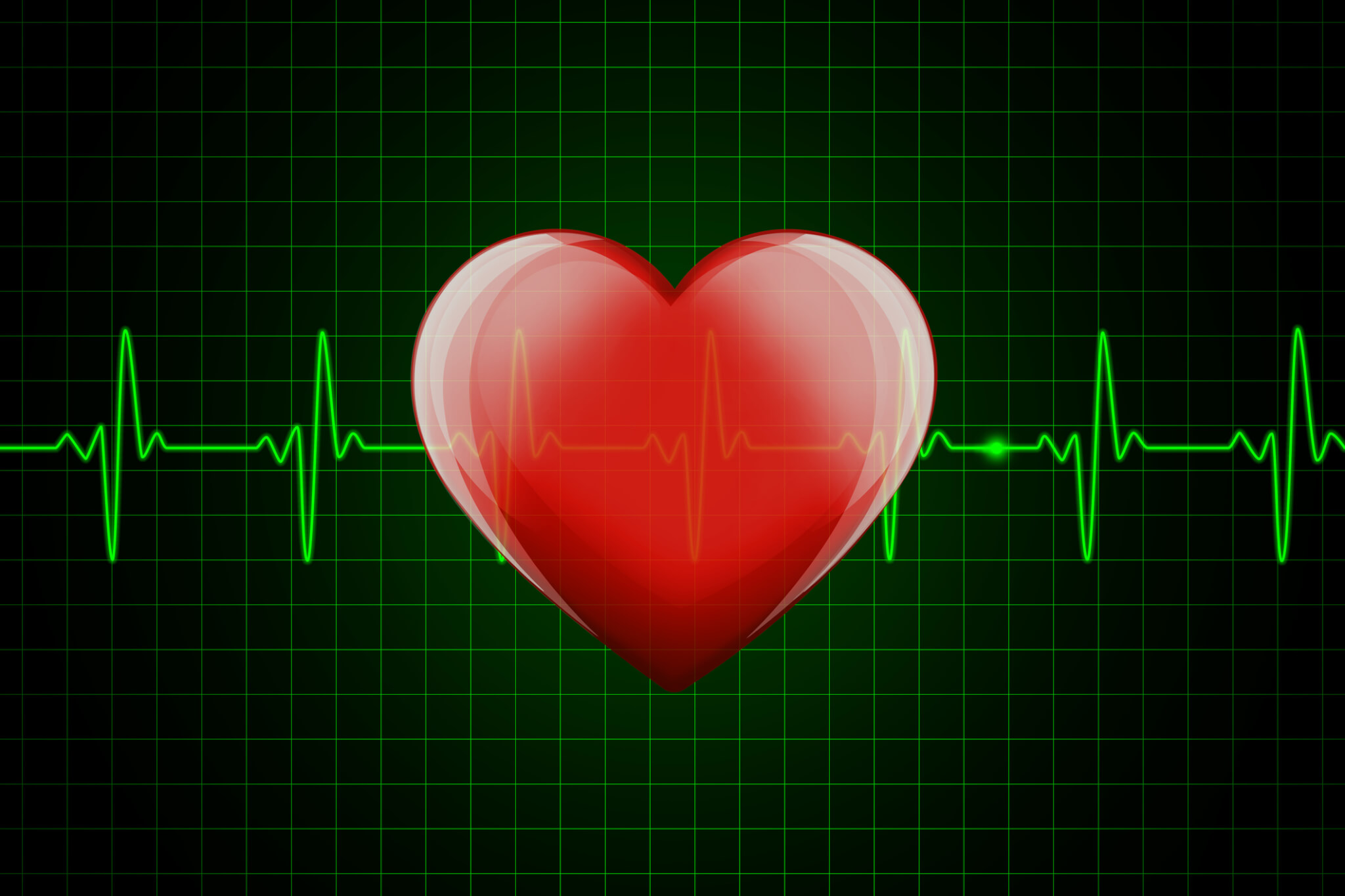
Last month we talked about habits for your school-age children. But what about your student that’s in Grades 13 – 16? Yes, we’re talking about dental care for college students.
Let’s face it – if they live close enough, your student will be home frequently for food, money, and to do laundry. Aside from making sure they have an adequate supply of toothpaste, floss, and one toothbrush per semester, there’s not a lot you can do once they’re out of your sight. You’ll have to trust that the good habits you’ve ingrained during their life will stick during the transition into adulthood.
But your child has most likely had only one or two different dentists in their lifetime by the time they move out of the house. In addition to all the other adjustments college students must make, they should also have a dental “home away from home”.
Check-ups
The average college student is home at least twice a year for several weeks. They should be able to continue their twice-annual schedule of check-ups here at Meyer & Johns Dental in Springfield. But book their Winter Break appointments today – the holidays are a busy time for everyone! You should still identify a local dentist in your student’s location, especially if they’ve had past problems. Establishing that relationship ahead of time may make it easier to get an appointment if a dental issue comes up.
Emergency care
Dental care isn’t usually something that people think about when considering collegiate athletics, scholarships, and intramural competitions. But a disproportionately high percentage of mouth injuries occur during sports. With this in mind, if your student is an athlete you should be prepared. Make that connection with a local provider ahead of time. That way your athlete isn’t blindly searching for a dentist immediately after undergoing a physical trauma.
If your student-athlete is injured while playing ion a sanctioned school training or competition, they are covered under the NCAA’s Catastrophic injury policy, which includes dental injuries but carries a $90K deductible. According to a 2016 NCAA survey, 70-80% of D1/D2 schools provide secondary health insurance to cover injuries with a treatment cost of less than $90K.
The exception is that full coverage is provided to all athletes who participate in championship events.


